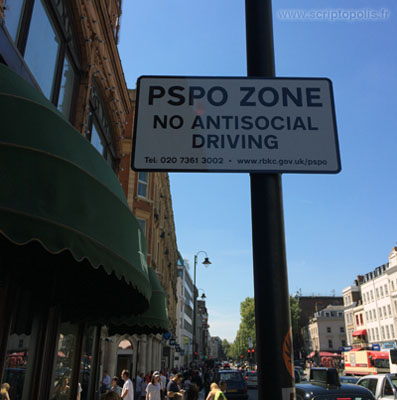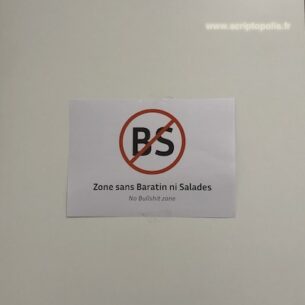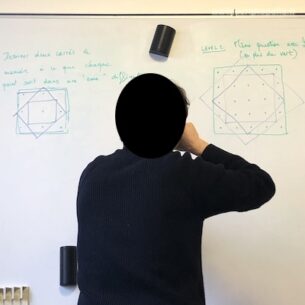Social

London, august 2016.
Urban settings are made of flows. Pedestrians, bikes, motorcycles, wheelchairs, cars, strollers, buses, tramways circulate the streets simultaneously, and many devices are designed to perform fluidity and to regulate their peaceful coexistence. The introduction of each new transportation technology reopens the definition of appropriate uses of street. This has been especially the case for the rise of automobile in cities, which went hand in hand with fierce struggles before streets have been reshaped to welcome motorists. A technical problem, such an accommodation of automobiles to streets has simultaneously raised political, economic and moral issues – brilliantly documented in Peter Norton’s book.
With the moves towards the “walkable”, “sustainable”, “green” city, we are currently witnessing an opposite trend, trying to reduce the primary place given to automobiles in streets. Not only some initiatives result in the enlargement of sidewalks and the proliferation of bike facilities, but particular zones are also circumscribed to prevent nuisance caused by drivers of any kind. And those who would still be skeptical with the fact that their presence is much more than a mere technical issue, the PSPO (Public Spaces Protection Order) displayed on this sign clearly recalls it: driving might be antisocial.






